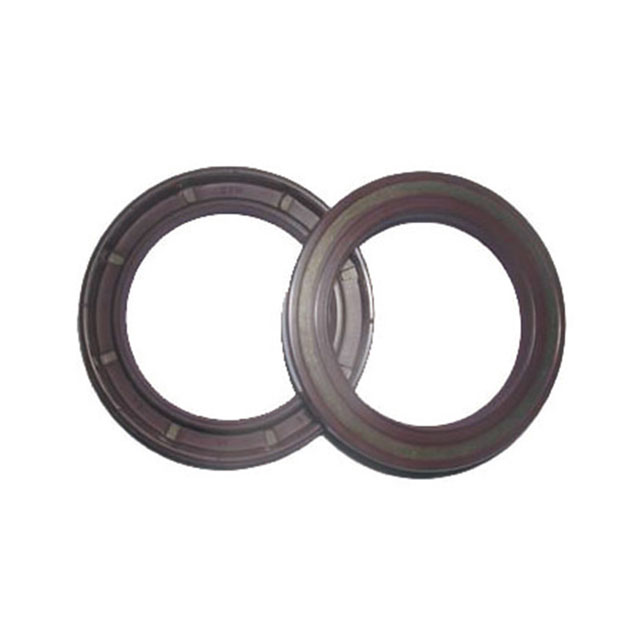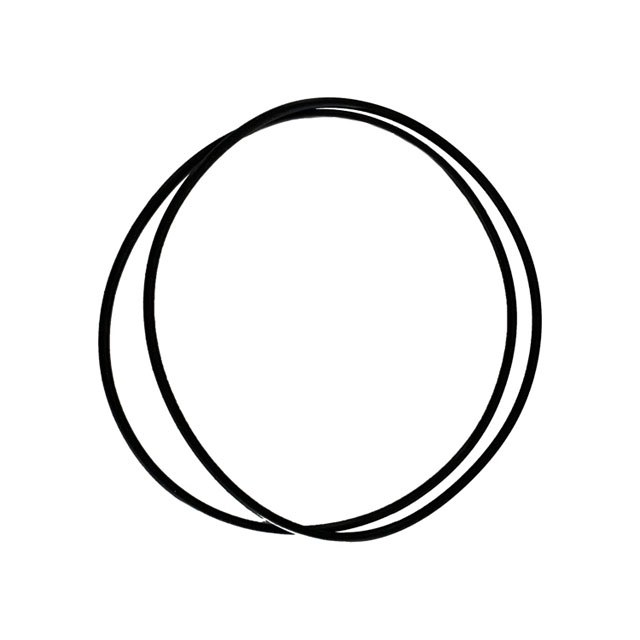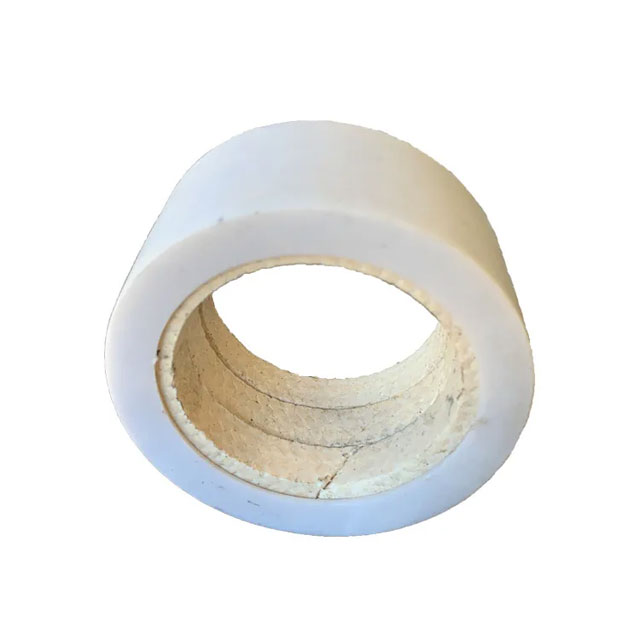WhatsApp: 86-13735815206 / 86-17392256505
WeChat: 86-13735815206 / 86-17392256505
Phone: 86-29-88680837
Mail: sales@hlsolidscontrol.com
Add: Room 804, Building 1, Western Cloud Valley Phase II, Fengxi New Town, Xixian New District, Shaanxi Province
WeChat: 86-13735815206 / 86-17392256505
Phone: 86-29-88680837
Mail: sales@hlsolidscontrol.com
Add: Room 804, Building 1, Western Cloud Valley Phase II, Fengxi New Town, Xixian New District, Shaanxi Province
Mud pump daily maintenance and upkeep
Time: 2024-05-14 Source: Solids Control Equipment Author: Mrek
Routine maintenance and inspection of mud pump, and correct and timely maintenance of mud pumps are necessary measures to ensure the normal operation of the mud pump and extend its life. In the daily use of mud pumps, this link should be paid attention to.
Daily maintenance and upkeep of Mud pump
Check the oil level at the power end after stopping the pump.
Observe the working condition of cylinder liner and piston. If it is found that the leaking mud exceeds the normal limit, the cylinder liner and piston must be replaced with new ones.
Check the cylinder liner cavity. If there is a large amount of mud sedimentation, it should be cleaned.
Check whether there is enough water in the spray pump water tank and replenish it in time. If the cooling water is contaminated, replace it and clean the water tank at the same time.
Check the inflation pressure of the discharge air bag to see if it meets the requirements.
Regularly check the reliability of the safety valve.
Every day, loosen the piston rod clamp, turn the piston about a quarter turn, and then tighten the clamp.
Before tightening the cylinder head and valve cover, fill the threads with grease and check for looseness every 4 hours.
Weekly maintenance
Disassemble the valve cover and cylinder head once a week, remove the sludge, clean them, apply molybdenum disulfide compound calcium-based grease, and check the inner sleeve of the valve guide sleeve. If it is obviously worn (the gap between the valve guide rod and the guide sleeve exceeds 3mm) should be replaced.
Check the use of the valve and valve seat, and replace the severely worn or punctured valve body, valve rubber and valve seat (when replacing the valve seat, pay attention to replacing the valve body at the same time).
Check the piston locking nut. If it is corroded or damaged, replace it (because generally after the nut has been tightened three times, the sealing ring embedded in it has lost its locking ability).
Pour water from the plug of the drain hole cover until oil is seen.
Monthly maintenance
Check all studs and nuts on the fluid end. For example, the cylinder head flange nut, the nut connecting the liquid cylinder to the frame, and the connecting bolts and nuts of the suction pipeline and discharge pipeline, etc. If it is loose, it must be retightened according to the specified torque.
Check the sealing ring in the stuffing box of the middle tie rod. If it is worn, it must be replaced, usually at least once every three months. Pay attention to the oil seal position when replacing it. ØRemove and clean the filter cartridge installed in the discharge filter.
Change the dirty oil in the power end oil sump and crosshead sedimentation oil sump every six months, and clean these oil sumps at the same time.
Annual maintenance
Check whether the crosshead guide plate is loose and whether the crosshead running clearance meets the specified requirements. You can add a gasket under the guide plate to adjust. When disassembling the crankshaft assembly, the crosshead can be rotated 180° before use.
A complete inspection of the entire pump is recommended every two or three years. Check whether the main bearing, eccentric bearing, crosshead bearing and pinion shaft bearing are worn or damaged. If they can no longer be used, they must be replaced with new ones.
Check the wear of the gear. If the wear is serious, the crankshaft and pinion shaft must be turned around and installed at the same time, using the unworn side of the tooth surface.
Precautions
Before attaching the clamp, the 25° cone surface must be wiped clean.
When replacing the cylinder liner, the cylinder liner sealing ring must be replaced together.
After stopping the pump in winter, the mud in the valve cavity and cylinder liner must be cleaned and drained.
Each inspection window of the pump should be properly sealed to prevent dust, sand, etc. from being mixed into the lubricating oil.
The exhaust air bag can only be filled with inert gases such as nitrogen and is strictly prohibited from being filled with flammable or explosive gases. Such as oxygen, hydrogen, etc.
HL Petroleum has been committed to the R&D and manufacturing of oil drilling solids control systems for many years. The main products include Mud Shale Shaker, Vacuum Degasser, Mud Cleaner, Centrifuge, mud agitator, Mud Gun, jet Mud Mixer, Centrifugal Pump, Shear Pump, Spray Pump, Vacuum Pump, Mud Gas Separator etc. We have established long-term cooperative relationships with many oil drilling companies around the world.
HL Petroleum solid control equipment has reached the industry's advanced level and provides personalized customization. It is a solid control brand worth choosing!
Daily maintenance and upkeep of Mud pump
Check the oil level at the power end after stopping the pump.
Observe the working condition of cylinder liner and piston. If it is found that the leaking mud exceeds the normal limit, the cylinder liner and piston must be replaced with new ones.
Check the cylinder liner cavity. If there is a large amount of mud sedimentation, it should be cleaned.
Check whether there is enough water in the spray pump water tank and replenish it in time. If the cooling water is contaminated, replace it and clean the water tank at the same time.
Check the inflation pressure of the discharge air bag to see if it meets the requirements.
Regularly check the reliability of the safety valve.
Every day, loosen the piston rod clamp, turn the piston about a quarter turn, and then tighten the clamp.
Before tightening the cylinder head and valve cover, fill the threads with grease and check for looseness every 4 hours.
Weekly maintenance
Disassemble the valve cover and cylinder head once a week, remove the sludge, clean them, apply molybdenum disulfide compound calcium-based grease, and check the inner sleeve of the valve guide sleeve. If it is obviously worn (the gap between the valve guide rod and the guide sleeve exceeds 3mm) should be replaced.
Check the use of the valve and valve seat, and replace the severely worn or punctured valve body, valve rubber and valve seat (when replacing the valve seat, pay attention to replacing the valve body at the same time).
Check the piston locking nut. If it is corroded or damaged, replace it (because generally after the nut has been tightened three times, the sealing ring embedded in it has lost its locking ability).
Pour water from the plug of the drain hole cover until oil is seen.
Monthly maintenance
Check all studs and nuts on the fluid end. For example, the cylinder head flange nut, the nut connecting the liquid cylinder to the frame, and the connecting bolts and nuts of the suction pipeline and discharge pipeline, etc. If it is loose, it must be retightened according to the specified torque.
Check the sealing ring in the stuffing box of the middle tie rod. If it is worn, it must be replaced, usually at least once every three months. Pay attention to the oil seal position when replacing it. ØRemove and clean the filter cartridge installed in the discharge filter.
Change the dirty oil in the power end oil sump and crosshead sedimentation oil sump every six months, and clean these oil sumps at the same time.
Annual maintenance
Check whether the crosshead guide plate is loose and whether the crosshead running clearance meets the specified requirements. You can add a gasket under the guide plate to adjust. When disassembling the crankshaft assembly, the crosshead can be rotated 180° before use.
A complete inspection of the entire pump is recommended every two or three years. Check whether the main bearing, eccentric bearing, crosshead bearing and pinion shaft bearing are worn or damaged. If they can no longer be used, they must be replaced with new ones.
Check the wear of the gear. If the wear is serious, the crankshaft and pinion shaft must be turned around and installed at the same time, using the unworn side of the tooth surface.
Precautions
Before attaching the clamp, the 25° cone surface must be wiped clean.
When replacing the cylinder liner, the cylinder liner sealing ring must be replaced together.
After stopping the pump in winter, the mud in the valve cavity and cylinder liner must be cleaned and drained.
Each inspection window of the pump should be properly sealed to prevent dust, sand, etc. from being mixed into the lubricating oil.
The exhaust air bag can only be filled with inert gases such as nitrogen and is strictly prohibited from being filled with flammable or explosive gases. Such as oxygen, hydrogen, etc.
HL Petroleum has been committed to the R&D and manufacturing of oil drilling solids control systems for many years. The main products include Mud Shale Shaker, Vacuum Degasser, Mud Cleaner, Centrifuge, mud agitator, Mud Gun, jet Mud Mixer, Centrifugal Pump, Shear Pump, Spray Pump, Vacuum Pump, Mud Gas Separator etc. We have established long-term cooperative relationships with many oil drilling companies around the world.
HL Petroleum solid control equipment has reached the industry's advanced level and provides personalized customization. It is a solid control brand worth choosing!



